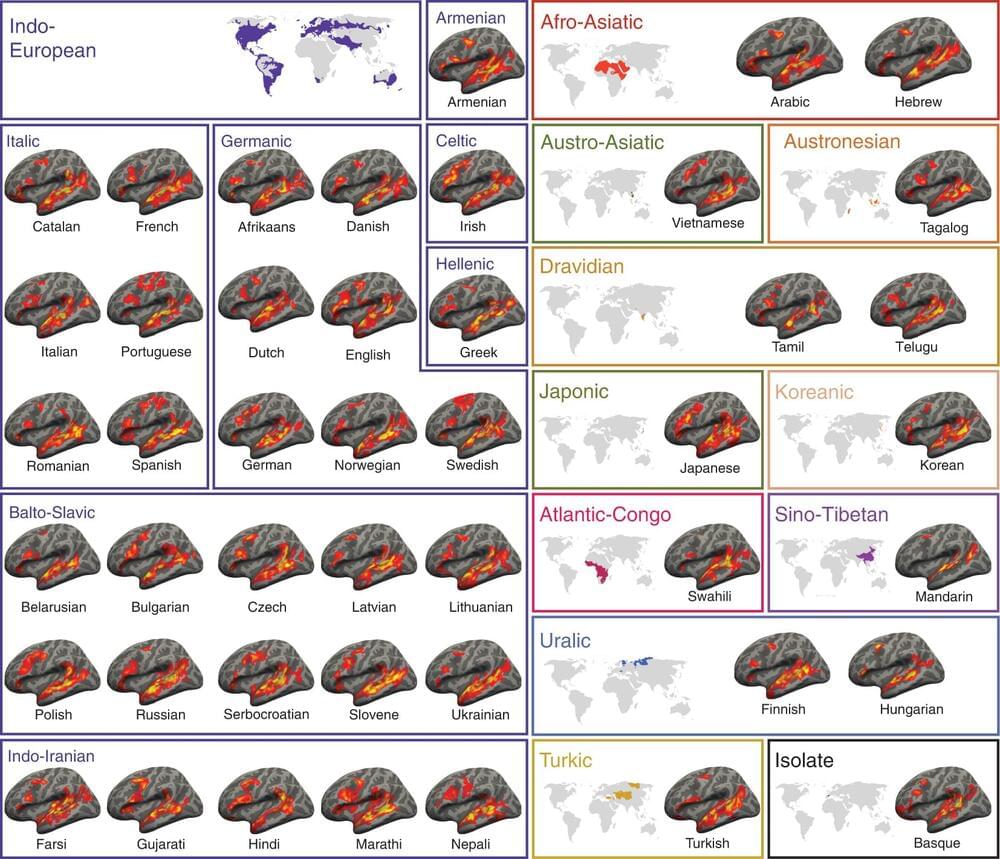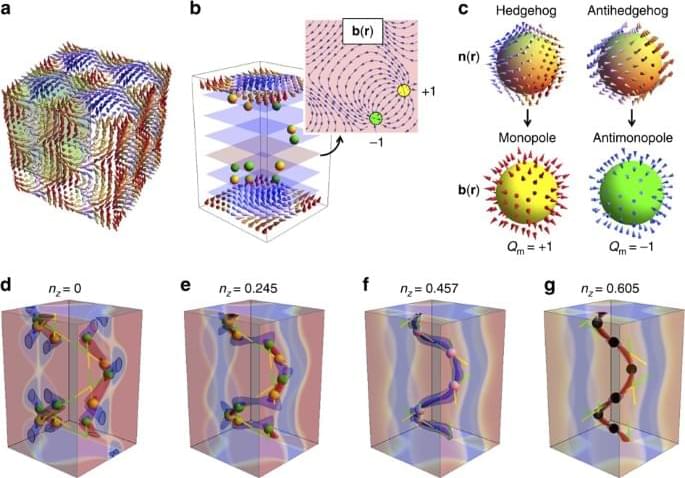View insights.
Since 2011, the UK government has been providing a tax-payer funded discount on the sale of battery electric vehicles. Known as the “plug-in car grant”, it was designed to help persuade motorists make the switch from diesel or petrol and commit to electric driving.
But last month the grant was scrapped with immediate effect. It wasn’t exactly a surprise, given that the amount buyers were able to claim back had gradually been whittled down from £5,000 to £1,500; or that it was recently available only for new vehicles costing less than £32,000 (the average cost of electric cars is around £43,000).
In fact, the government had been trying to scrap the grant completely for a while. Only a major backlash a couple of years ago forced the government to do a speedy handbrake turn and keep it going for a while longer.









